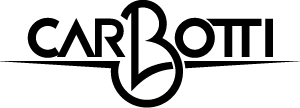Sustainability
We have based our business model focusing on of custody and craft culture. We believe in sustainable development, with constant attention to people and the environment.
Sustainability is a key value for us, because we can make a concrete contribution to a better world for new generations.
“Sustainable development is what enables the present generation to meet their needs without compromising the ability of future generations to please theirs”.

Leather as a renewable material

Resources from agricultural crops and industrial livestock are renewable.
Livestock farming is functional to the production of leather, as it is made from leather discarded from slaughter plants as a by-product.
The tanning of hides is one of the oldest forms of recycling, using as raw material a material unusable for food purposes (waste), and then intended for disposal, transforming it into a product with high added value.
Raw hides and skins, as waste material from the animal husbandry industry, are included in the leather production cycle. This application makes it possible to reduce global pollution by avoiding the incineration of hides and. The possible destruction of animal hides would contribute to the production of greenhouse gases. Thus, the tanning production process is a sustainable industrial activity.
The hides we use follow the European Regulation REACH EC1907/2006 Annex XVII and Annex XIV.
The REACH regulation establishes the special treatment of leather in which the processing water is pre-treated to eliminate organic fractions before release into organic wastewater (degreasing of sheepskins).

